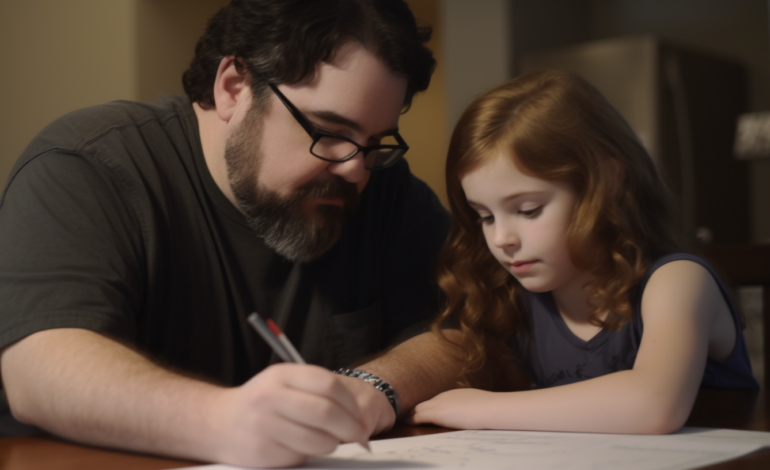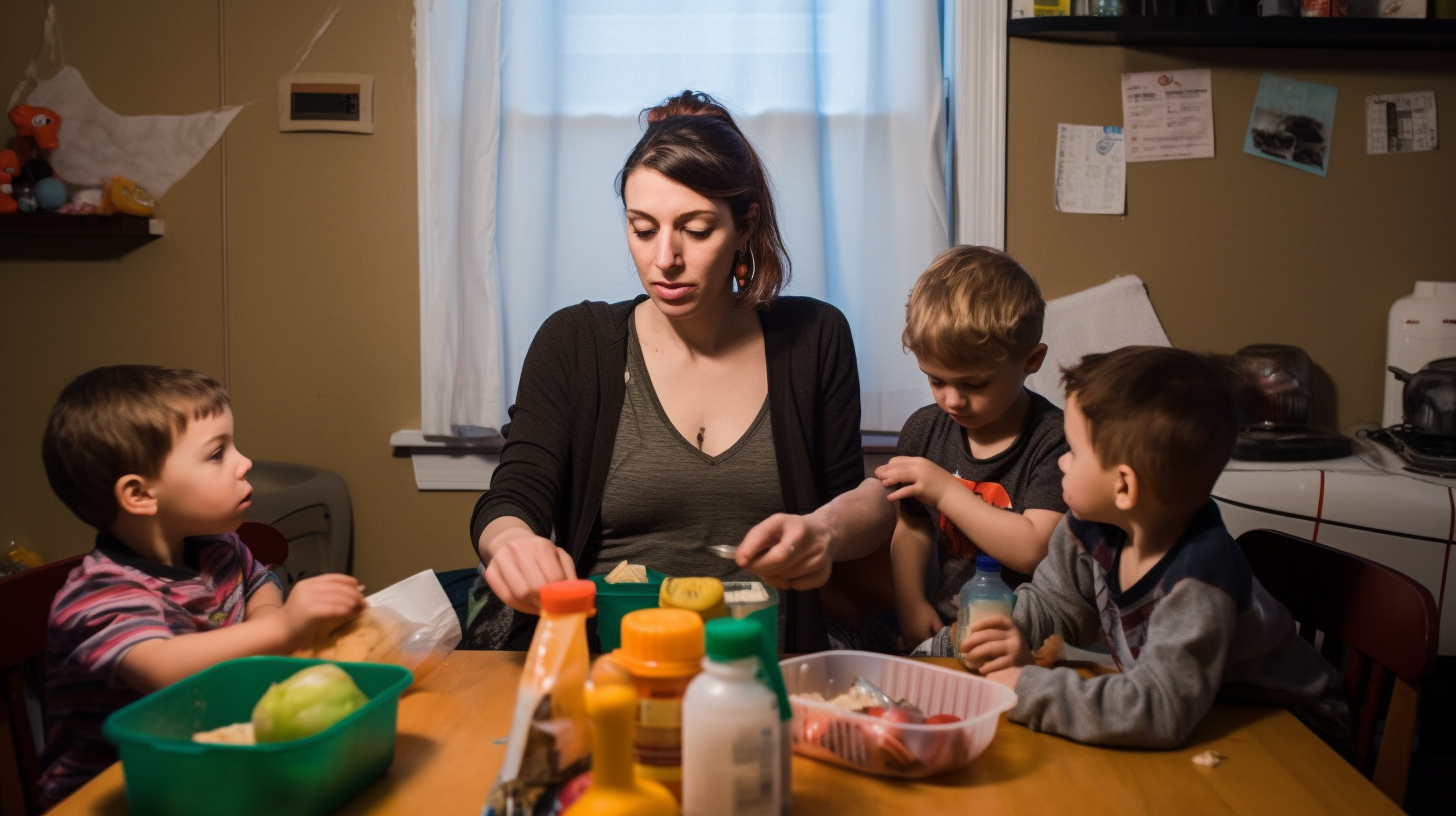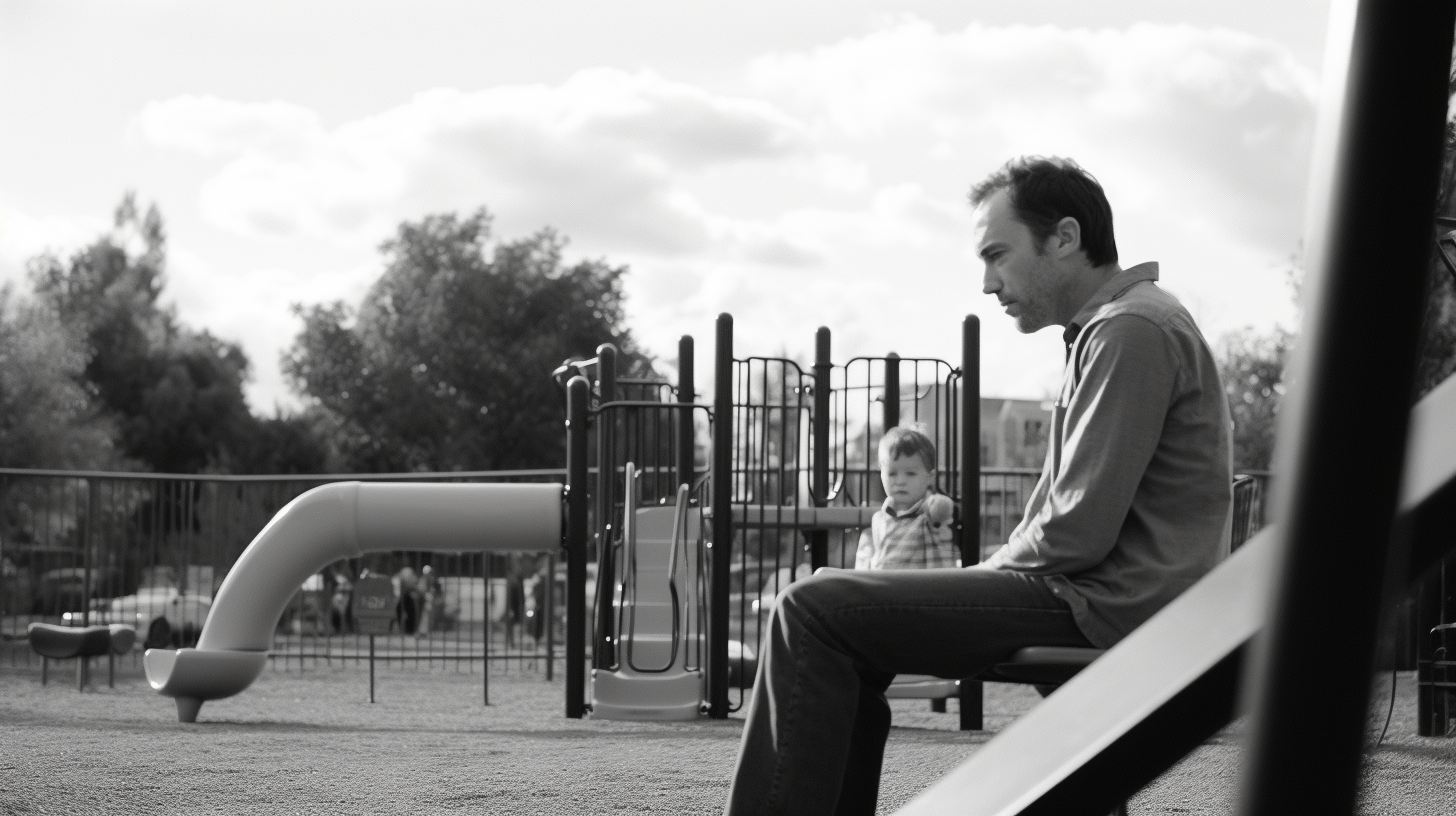
Effective Ways to Discuss Family Changes with Your Child
Welcome to our comprehensive guide on how to talk to your child about changes in your family. Whether you’re experiencing a divorce, the arrival of a new baby, moving to a new home, or a change in financial status, it’s essential to communicate effectively with your child and support their emotional needs during this transition.
Change is never easy, especially for children who may not understand what is happening or why. As a parent or guardian, it’s your responsibility to create a supportive and honest conversation that gently initiates your child into the changes and walks them through the process in a way that helps them understand the situation better.
In this tutorial, we will provide you with practical tips and advice on how to talk to your child about the changes in your family successfully. We’ll start by discussing why it’s essential to have an open and honest conversation with your child and then provide you with step-by-step instructions on how to approach this sensitive topic.
Why It’s Important To Talk To Your Child About Changes In Your Family
Children thrive on routine and stability, so any significant changes in their family dynamic can be confusing and overwhelming. Without proper communication from parents or guardians, children may feel anxious, scared, or even blame themselves for the changes happening around them.
By talking openly and honestly with your child about the changes in your family, you can help them understand what is happening and why. This reassurance can alleviate their fears and anxieties while providing them with the tools they need to cope with these changes effectively.
Furthermore, by having an open dialogue with your child about these changes, you can strengthen your relationship with them. Children who feel heard and understood are more likely to trust their parents or guardians and seek their guidance during challenging times.
Step-by-Step Instructions: How to Talk to Your Child About Changes in Your Family
Now that we’ve discussed why it’s essential to talk to your child about changes in your family, let’s dive into the step-by-step instructions for having an effective conversation.
Step 1: Plan the Conversation
The first step is to plan the conversation in advance. Find a time when you and your child can sit down and talk without any distractions or interruptions. Make sure your child is well-rested and not hungry or thirsty, as this can affect their mood and attention span.
You may also want to prepare a script or outline of what you want to say, especially if you’re nervous or unsure how to start the conversation. This outline can help keep the conversation on track and ensure that you cover all the necessary information.
Step 2: Be Honest and Direct
When talking to your child about changes in your family, it’s important to be honest and direct. Children can sense when something is wrong, so it’s better to tell them the truth than to try and hide it from them.
Use age-appropriate language when explaining the changes, and avoid using technical jargon or complex language that your child may not understand. Speak in a calm and reassuring tone, and be prepared to answer any questions they may have.
Step 3: Listen To Your Child
During the conversation, listen carefully to your child’s responses and concerns. Acknowledge their feelings and validate their emotions by saying things like “I understand why you feel that way” or “It’s okay to feel sad or scared.”
Encourage them to ask questions and express their emotions openly. Remind them that they are not alone in this situation, and that you will be there to support them every step of the way.
Step 4: Provide Reassurance
Children may feel anxious or scared about the changes in their family, so it’s essential to provide them with reassurance and support. Let them know that you love them and that the changes are not their fault.
Provide concrete examples of how you will support them during this transition, such as spending more quality time together or seeking professional help if needed. Remind them that things will get better with time and that they can always come to you for help or guidance.
Step 5: Follow Up
After the initial conversation, it’s essential to follow up with your child regularly. Check in on how they’re feeling and ask if they have any questions or concerns.
Be patient and understanding, as it may take some time for your child to adjust to the changes in your family. Continue to provide them with reassurance and support, and seek professional help if needed.
Tips For Discussing Specific Changes In Your Family
While the above steps can apply to any significant changes in your family dynamic, there are some specific tips for discussing certain situations:
Talking To Your Child About Divorce
- Use age-appropriate language when explaining why you’re getting a divorce.
- Avoid blaming your partner or involving your child in adult matters.
- Remind your child that they are not responsible for the divorce and that both parents still love them.
- Be prepared to answer any questions they may have about custody arrangements or living situations.
Talking To Your Child About A New Baby
- Involve your child in the pregnancy as much as possible, such as letting them feel the baby kick or helping choose a name.
- Prepare your child for the changes that will come with a new baby, such as less attention and more noise.
- Reassure your child that they are still loved and valued, even with a new addition to the family.
Talking To Your Child About Moving To A New Home
- Involve your child in the moving process by letting them help pack or choose a new room.
- Visit the new home together before moving day to help them get familiar with their new surroundings.
- Reassure your child that they can still keep in touch with friends and family, even if they’re living in a different location.
Conclusion
Talking to your child about changes in your family can be challenging, but it’s essential for their emotional well-being and long-term resilience. By following the step-by-step instructions provided in this tutorial, you can have an open and honest conversation that reassures your child and strengthens your relationship with them. Remember to listen to their concerns, provide reassurance and support, and seek professional help if needed. With patience and understanding, you can help your child navigate any changes in your family dynamic successfully.






